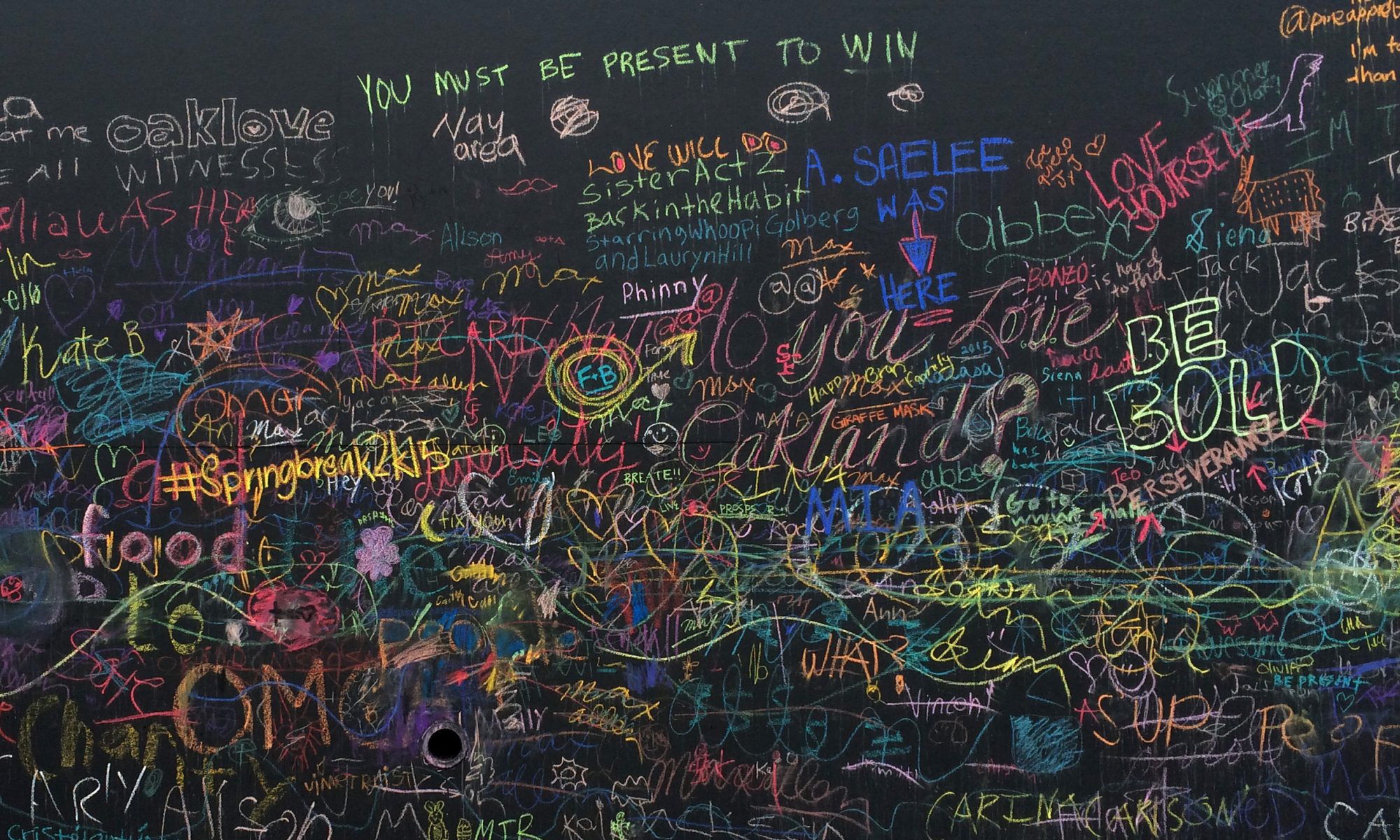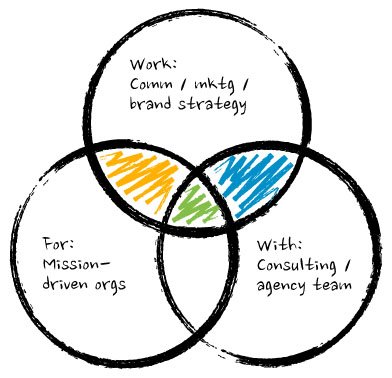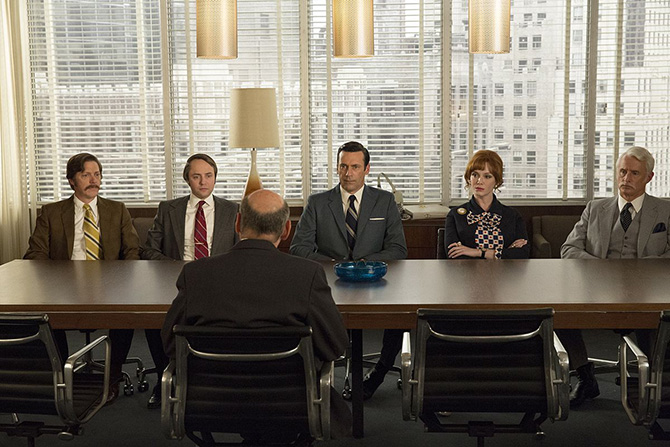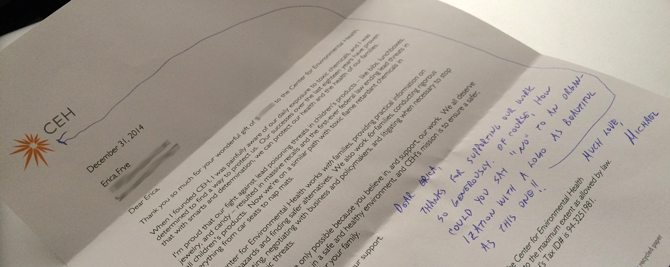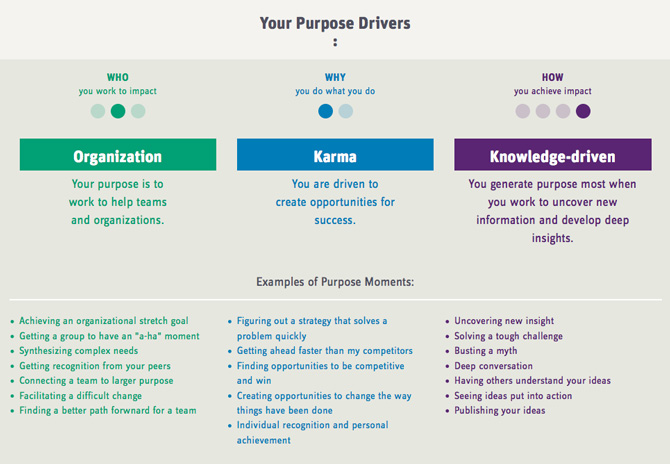This quotation from President Truman goes to show there’s nothing new about today’s political divisions:

Truman presided over the country from the end of WWII until 1953. Continuing FDR’s legacy he championed many progressive New Deal reforms and successfully brought Democrats together under that banner, but in the end was largely unsuccessful against a staunchly conservative Congress. Most of his causes would have to wait more than another decade for Lyndon Johnson and his Great Society, and sadly those wins are under attack 60 years later.
When Republican voters talk about “going back” to better times many are envisioning a very short post-war period from 1945 to 1960, when we were experiencing a strong middle class for the first time in our history. The war machine had generated investment and momentum that shaped how we saw our role in the world and created plentiful jobs and broad economic opportunity. And we stop the time window there, before the Civil Rights Act and the Vietnam War disrupt their idyll.
Of course this nostalgia overlooks how many people were left behind at the time — everyone who wasn’t a white man — and indeed that is the appeal for many who wish us back. But there’s a more profound omission here. They are also filtering out the collectivist ideals that led to that prosperity! The war effort was a singular moment of inclusion and integration in our history (if only because we needed all hands on deck to win) and that carried forward into the Space Race and seeing ourselves as global citizens. Middle class success also hinged on the rise of trade unions, federal housing assistance, and the GI Bill. The middle class prospered because we adopted policies derided as “socialist”. They simply can’t go back and have the success they remember without the progressive programs and institutions that were integral to it.
Their even greater delusion is thinking they are voting for a time before voting rights and birth control, while the people they revere and vote for have an entirely different destination in mind — the Gilded Age of the late 1800s. These elected officials and shadow leaders don’t want a strong middle class with good jobs and unions, and they prove this in their actions and policies every day. They are modern robber barons who will take all the resources by any means necessary and keep the masses hungry, desperate, and under their thumbs. And, like before, this will run us straight into an economic crash that will let them scoop up even more at a discount.
Buckle up.
